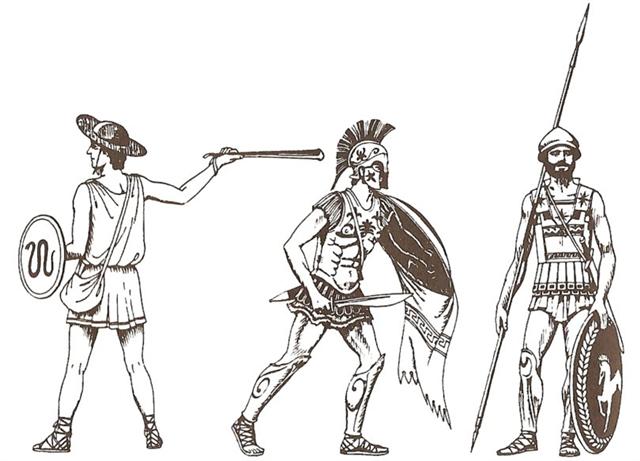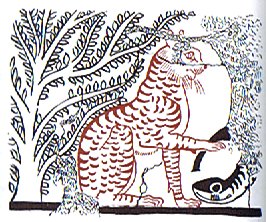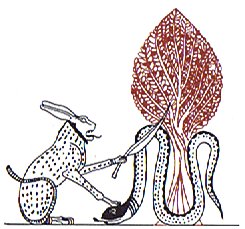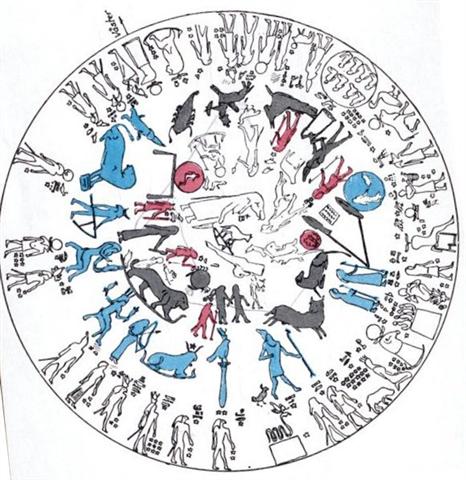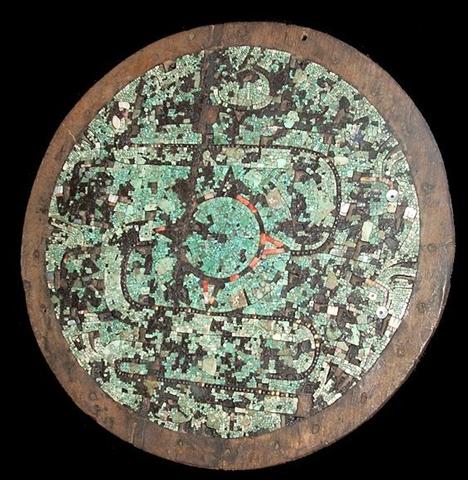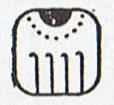|
3. As to Azmidiske: "ξ, 3.4, has been called Asmidiske by an incorrect transliteration of the Άςπιδίςκε where it is located with the star ι." But the star ι referred to by Allen is an important star in Carina and rising later. "ι, 2.9, pale yellow. This was the Latins' Scutulum, or Little Shield, the Arabians' Turais, probably referring to the ornamental Aplustre at the stern of the Ship in the subdivision Carina ..." Wikipedia: "Iota Carinae (ι Car, ι Carinae) is a star in the southern circumpolar constellation of Carina. With an apparent visual magnitude of 2.2, it is one of the brighter stars in the night sky. It can be seen from the latitude of New York and southward. This star has the tradition[al] name Aspidiske, which should not be confused with Asmidiske, the proper name of ξ Puppis. Due to precession of the Earth's axis of rotation, Iota Carinae will be the South Star around 8100 CE ... It has the traditional names Aspidiske, Scutulum and Turais (Tureis). Turais is from the Arabic ... turais 'shield (diminutive)', while Aspidiske and Scutulum are the Greek and Latin translations, the diminutives of ασπίδα and scūtum 'shield'." A little shield is indeed what Hevelius has drawn. As to the rest of the complicated Argo Navis we have to wait until later hours have been reached. But Wikipedia has a thought-provoking picture of Greek warriors with shields from the time of their wars with Persia:
The central figure has a 'curtain' hanging down from his shield to protect him agains arrows. The figure at right has a shield with a horse. The figure at left is a slinger. They carry different types of head-gear. The motif on the shield of the slinger caught my attention. It reminded me of how in ancient Egypt Sun defeated the forces of darkness every morning: ... Wilkinson (in his Hieroglyphernas Värld) informs us that each morning Sun was regarded to rise between a pair of sycomore trees named 'Two Knives' "... presumably because ... they symbolized the victory every morning in Sun's fight agains the powers of darkness." Such knives could be visualized together with a cat (miu) with a hare's head, and the serpent of darkness (Apophis) was cut to pieces with knives:
The 'tree of life' (in the hieroglyphic sign nehet) was (according to Wilkinson) a 'sycomore' or 'mulberry fig tree', but in the two pictures above we instead see isched, the Egyptian persea tree (Mimusops Schimperi). Wilkinson says that in chapter 109 of the Book of the Dead two 'turquios sycomores' are standing at the eastern gate of the sky, where the sungod Ra enters. The sycomore was a manifestation of the 3 goddesses Nut, Isis, and Hathor, a manifestation by the name 'The Sycomore Lady'. In the round Dendera zodiac a serpent is depicted in the outer ring not far from the right ascension of Gemini, between the bluepainted walking man with a staff and the perching solstice bird:
However, on the other side of the world, in Meso-America, a serpent was evidently visualised as moving vertically, rising upwards in undulations:
(Aztec or Mixtec ceremonial shield AD 1400-1521.) This type of snake could represent the journey up again from the waters in the deep. In the pictures below I have not bothered to reverse the orientation of this 'water-serpent' - on paper the Mayas evidently wrote their signs reversed with the front side towards the left but in the shield above the head of the serpent is towards the right:
These pictures are like 'capital letters' of the 1st of their day signs, viz. Imix. According to William Gates (An Outline Dictionary of Maya Glyphs) Imix means 'Sea-dragon', 'Water', 'Wine':
I propose that when the rongorongo tablets are to be read from bottom up in a serpentine fashion it is a Sign for this type of rising 'dragon'. |
